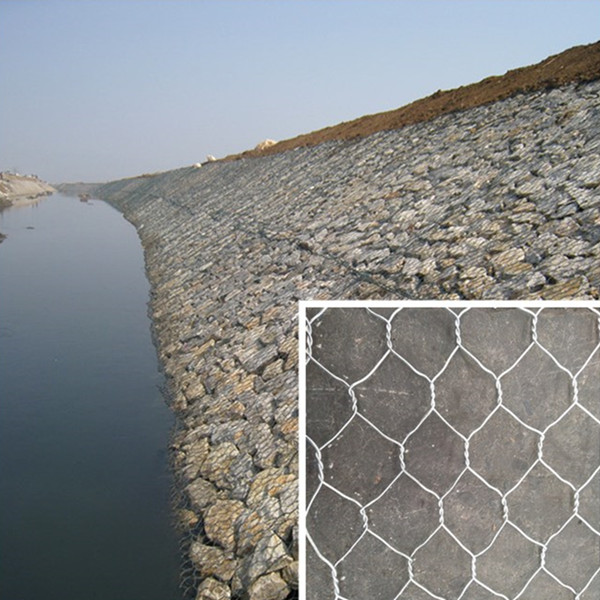The color of the root reflects the health of the fruit tree
Any crop is born from the roots, and its roots die. The robust roots are the basis for crop growth and high yield. In today's frequent soil problems, only by doing a good job of rooting and rooting the crops can we achieve high yield and high efficiency. Different colors of tree roots reflect different situations White roots are strong White roots are generally new roots or the tip of the old roots. These roots are strong in oxygen and can oxidize the surrounding soil to form an oxidized circle, which oxidizes the soluble divalent iron around it to ferric iron. It does not accumulate on the surface of the root, keeping the root white. White root has a strong physiological function, and its vitality and absorption capacity are very strong, so it is said that white roots are strong. Huang Genbao Yellow roots generally appear on the base surface of old roots and roots. These roots are thickened due to aging, and the ferrite is deposited on the roots to form a yellow-brown iron film. This layer of iron film has a protective effect, which can prevent toxic substances from immersing into the roots, but the absorption capacity of this root system is greatly weakened, so the yellow roots are life-saving. Black root disease After long-term flooding, due to insufficient oxygen content in the soil, there are many ferrous irons. At the same time, the organic matter is decomposed by anaerobic gas to produce a series of toxic substances such as hydrogen sulfide. When hydrogen sulfide and ferrous iron are combined, ferrous sulfide (black) is formed on the root surface to make the root black. This root physiology is further degraded, so black roots are sick. Gray roots If the soil lacks iron, hydrogen sulfide can not be eliminated, which can inhibit the respiratory and absorption functions of the roots and cause root poisoning to die. The symptoms of hydrogen sulfide poisoning are that the roots are pulled up to observe the gray water stains of the roots, and there is a smell of rotten eggs, so the ash is terrible. Six initiatives to keep crops growing Adjust the soil pH of the plough layer Unreasonable fertilization for many years leads to changes in the pH value of the plough layer, which is the root cause of today's soil problems. The recommended practice is to use a special soil conditioner according to the actual situation after the laboratory measures the pH value of the tillage layer. Adding biological fertilizer The application of biological fertilizer can activate the soil, solve the problem of soil compaction, provide full-price nutrients for the crops, and can inhibit bacteria, reduce harmful bacteria or harmful organisms in the soil, reduce pests and diseases, and increase the yield. Add organic matter Organic matter is the top choice for fertile soil. Its function is loose soil, gas permeability, forming agglomerate structure, retaining water, ensuring fertilizer, increasing microbial activity and promoting root development. Rational irrigation and drainage It is recommended to adopt small water pouring or micro-irrigation or drip irrigation to protect the soil's aggregate structure and facilitate root growth. The open season crops are as important as the irrigation system in the rainy season, both to prevent disasters and to prevent dead roots. Choose a functional product Functional water-soluble fertilizers contain humic acid or amino acids, which have positive significance for supplementing organic matter, improving ground temperature, improving soil permeability, improving fertilizer utilization, and rooting and roots. Cultivating loose soil Nongyeyun has “water and fire under the hoeâ€, which means that sloping ground (cultivating loose soil) can improve the drought tolerance of the crop (with water) and effectively increase the ground temperature (with fire). Especially in the seedling stage of crops, root development is not yet complete, and cultivating loose soil is one of the indispensable measures to improve ground temperature, enhance soil permeability and promote root development. Disclaimer: Some articles on this website are transferred from the Internet. If legal rights of third parties are involved, please inform this website. phone
Gabion Mesh
Gabion mesh including : heavy gabion/hexagonal mesh, gabion box, gabion mesh sack, welded gabion mesh, Prevention rockfall Mesh.
Gabion mesh's production processes : material inspection- PVC coating- machine weaving- alignment- cutting- edge strengthening- assembly- packing- transporting
The material of gabion mesh is low carbon steel wire, and then will be hot-dipped galvanized, re-plated with Galfan or PVC, so as to improve the durability of the gabion mesh under all sorts of environments.
Applications of gabion mesh :
It has the effect of controlling water capacity, prevent soil and water from flowing,the protecting and improvement of the ecological environment. Gabion can be employed in a variety of ways to stabilize soil conditions around bridges and river bank protection.
Gabion Mesh,Gabion Box Mesh,Gabion Garden Mesh,Gabion Mesh Wall,Gabion Box ANPING COUNTY SHANGCHEN WIREMESH PRODUCTS CO.,LTD , https://www.scwiremesh.com

